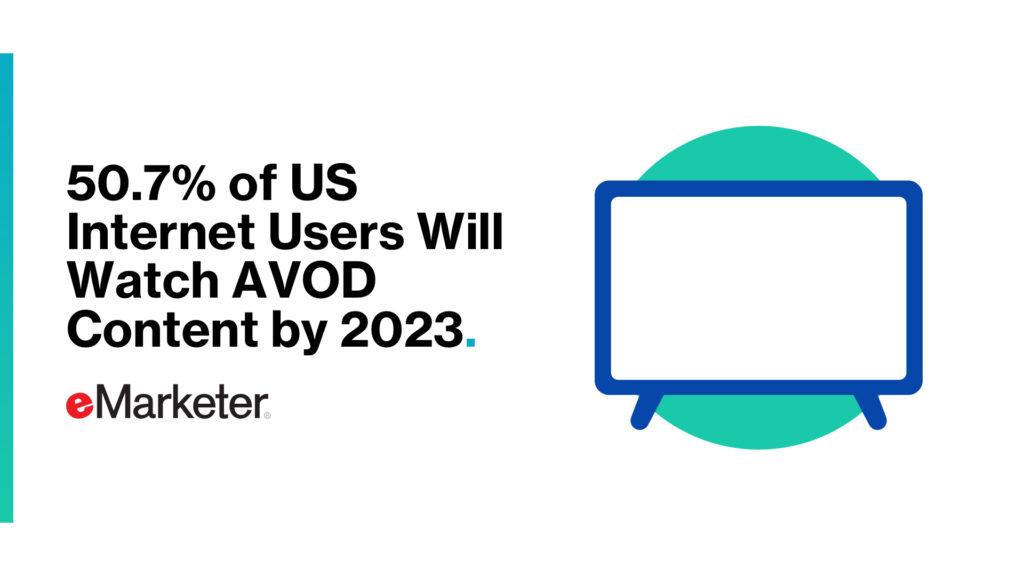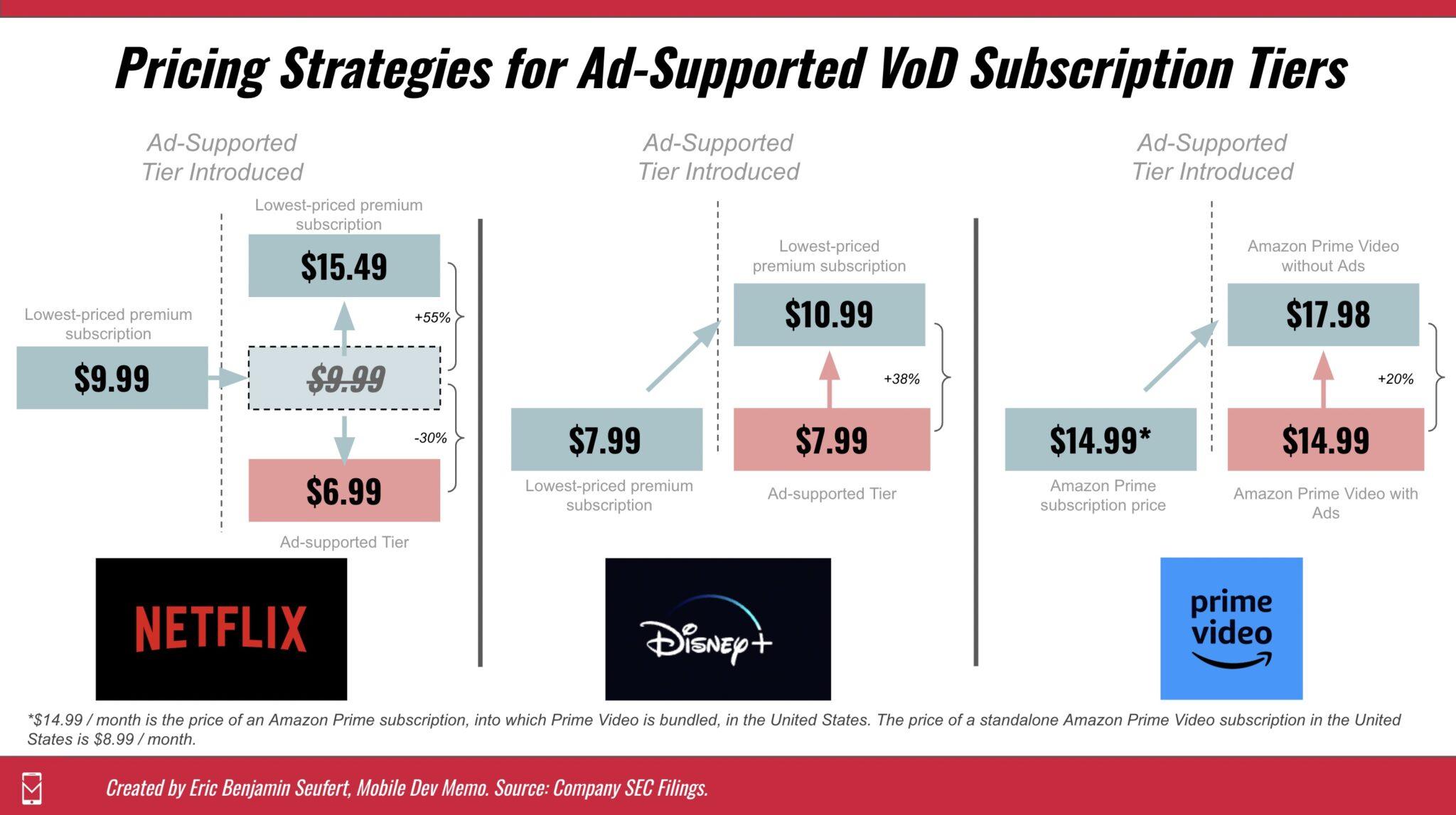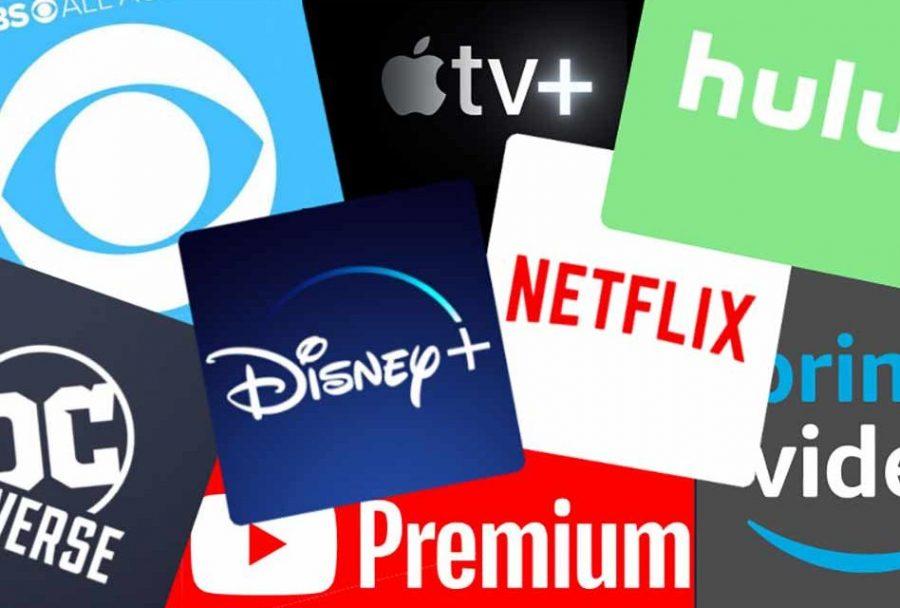In recent years, the digital entertainment landscape has undergone a seismic shift, with streaming services emerging as the dominant force in how audiences consume content. As platforms like Netflix, Disney+, and Amazon Prime Video vie for viewers’ attention in an increasingly saturated market, a pivotal question has surfaced: should these streaming giants introduce more ad-supported tiers? While the concept of ad-supported content may evoke mixed feelings among subscribers accustomed to ad-free viewing, it also presents a unique opportunity to democratize access and drive innovation. This article delves into the potential benefits and challenges of expanding ad-supported tiers, exploring how such a move could reshape the industry, enhance consumer choice, and create a more sustainable economic model for both providers and users. By examining market trends, consumer behavior, and the evolving advertising landscape, we aim to provide a comprehensive analysis of why introducing more ad-supported options might just be the next frontier in the streaming revolution.
Evaluating the Potential for Growth in Ad-Supported Streaming Models
The ad-supported streaming model offers a promising avenue for growth by tapping into a diverse audience base that might otherwise remain untapped due to subscription costs. Streaming services can leverage this model to provide a tiered experience that balances user affordability with content accessibility. By introducing more ad-supported tiers, platforms can attract cost-sensitive users while simultaneously increasing ad revenue streams. This not only broadens the user base but also creates opportunities for advertisers to reach a more extensive and varied audience.
Several factors contribute to the potential success of these models. For instance:
- User Engagement: With tailored ads that resonate with viewers’ interests, platforms can enhance user engagement, making ads less intrusive and more relevant.
- Content Variety: Offering exclusive content on ad-supported tiers can incentivize users to remain engaged with the platform.
- Data-Driven Insights: The data collected from ad interactions can be harnessed to refine advertising strategies and improve content recommendations.
By carefully evaluating these factors, streaming services can craft ad-supported models that not only satisfy consumer demands but also pave the way for sustainable growth and innovation in the industry.
Understanding Viewer Preferences and Ad Tolerance Levels
When it comes to streaming services, understanding the intricacies of viewer preferences and their tolerance levels for advertisements is crucial. Streaming platforms must tailor their content delivery to accommodate diverse viewer expectations. Some users relish the uninterrupted experience that ad-free subscriptions offer, while others may prefer a more budget-friendly option that includes ads. A delicate balance must be struck to ensure that the introduction of more ad-supported tiers doesn’t compromise user satisfaction.
Key considerations for streaming services include:
- User Demographics: Different age groups and demographics may have varying levels of tolerance for ads. Younger audiences, for instance, might be more accepting of ad interruptions if it means reduced subscription costs.
- Content Type: The genre and nature of the content can influence ad tolerance. Viewers might be more forgiving of ads during light-hearted shows compared to more intense, immersive dramas.
- Ad Frequency and Length: Strategically placed and succinct ads can enhance viewer acceptance. Overwhelming viewers with frequent, lengthy ads could lead to frustration and dissatisfaction.
By carefully analyzing these factors, streaming services can craft ad-supported tiers that cater to the diverse needs of their audience, potentially expanding their reach and enhancing viewer loyalty.

Leveraging Ad-Supported Tiers to Broaden Audience Reach
In today’s competitive streaming landscape, introducing more ad-supported tiers could be a strategic masterstroke for platforms looking to diversify their audience base. By offering these tiers, streaming services can attract cost-sensitive viewers who might otherwise be deterred by subscription fees. Ad-supported models present an enticing proposition: they allow users to access content at a reduced cost or even for free, while the platform monetizes through advertisements. This strategy not only broadens the audience but also taps into the advertising market, creating a dual revenue stream that benefits both the consumer and the service provider.
- Increased accessibility: Lower price points make streaming services accessible to a wider demographic.
- Enhanced viewer engagement: Ads can be tailored to viewer preferences, increasing engagement and retention.
- Diverse revenue streams: Balancing subscriptions with ad revenue can stabilize financial health.
Furthermore, the implementation of ad-supported tiers aligns with shifting consumer expectations for more customizable viewing experiences. As platforms refine ad delivery to be less intrusive and more relevant, users may find the trade-off between watching ads and saving money more palatable. With innovations in targeted advertising and a growing acceptance of ads in exchange for content, streaming services are poised to capture a broader audience, redefining the way we consume digital media.

Strategic Recommendations for Implementing Successful Ad-Supported Options
To ensure the successful implementation of ad-supported options, streaming services should consider several strategic recommendations. Understanding the target audience is paramount; conducting thorough market research can help identify user preferences and tolerance levels for advertisements. By segmenting audiences based on viewing habits and demographics, platforms can tailor ad content that resonates, enhancing user engagement rather than disrupting it.
- Ad Frequency and Placement: Establish a balance by limiting ad interruptions to maintain a seamless viewing experience. Consider dynamic ad insertion technologies to place ads at optimal moments.
- Content Personalization: Use data analytics to offer personalized ad experiences, ensuring relevance and reducing viewer frustration.
- Transparent Communication: Clearly communicate the benefits of ad-supported tiers, such as reduced subscription costs, to foster user acceptance.
- Innovative Ad Formats: Explore interactive and non-intrusive ad formats that engage viewers without detracting from content enjoyment.
By adopting these strategies, streaming services can create a compelling ad-supported tier that not only meets revenue goals but also enhances viewer satisfaction.







































